Currant (lat. Ribes) belongs to the family of the gooseberry family, which has about 200 species of plants. For the first time, currant bushes appeared in the 11th century in Russia's monastery gardens, and later they learned about it in Europe, where she gained enormous popularity. In our country, Smorodina is one of the most beloved and common berries that summer houses and gardeners grow in their sites. Especially loved by black currant, which is the most useful and delicious berry of all other species of currant. It is consumed both fresh and boil compotes, jelly, harvesting in the future: freeze and boil jam, and also make wine, liqueurs and fragrant bulk. In addition to black currant, red and white currant rich in vitamins and microelements is equally popular. In addition to the useful properties of berries, healing are also fragrant currant leaves, which are used for conservation, to brew tea. Currant leaves are rich in vitamin C and are used to prevent colds.
Currant, description
Currant bush - a perennial spreader plant with straight, elongated shoots, reaching in a height of about 2 meters. Currant root is powerful, strong, up to 60 cm long. Currant leaves can be an elongated or rounded shape with jar, the next, consist of 3-5 blades. Coloring leaves - from bright to dark green shades. Flowers currant with white, yellow, red or pink bell-tired flowers, collected in punch inflorescences - brushes. On one flower brush can be located from 5 to several dozen flowers. The time of flowering shrubs is the middle of spring and depending on the region, its flowering time continues until June.
Fruits of currant - round or oval berries with sour or sour-sweet taste and pleasant aroma. There are views of currants with fresh and low-spirited taste and aroma. The color range of currant berries is varied, they can be white, golden, red, ink black, with matte, glossy, with a wax chain.
Types of currants and most popular varieties
There is a huge variety of currant species, the most common of them:
Black currant (lat. Ribes nigrum) It is the most common culture throughout Europe, Russia, as well as Kazakhstan, Mongolia. It can be found in almost every garden or a homeland area, and a black currant is widespread in the wild, where it grows in the forests, meadows on the shores of the reservoirs. Black currant bush height from 1 to 2 meters. Young shoots of a light green shade shrub with the edge, and adults - brown tint. Shrub flowering period - May-June, fruit ripening time - mid-summer. Fruits of black, fragrant and sour-sweet taste.
The most famous varieties of black currant:
- Ariadne. Winter-hardy, high-yielding and resistant variety varieties, with medium ripening of berries.
- Belorussian sweet. Winter-hardy variety with high yield.
- Gross. Early winter-hardy variety with high yield.
- Venus. High-threshold early grade with sweetish flavored berries
- Gulliver. A variety resistant to drought and frost with an average maturation.
- Pearl.Early grade with a large fruit of spherical shape with a sweet taste.
- Sofievskaya. Early grade with oval shape berries with sour-sweet taste, high-yielding grade.
- Bagira. Winter-hardy variety with high yield. Fruits with fine glossy skin, taste of berries-master.
Red currant (ordinary, garden currant) (lat. Ribes Rubrum) A fairly common look of currant, growing in Russia, Europe and Asia. Shrub height from 1 to 2 meters with shoots of sandy or gray shades. Blossom of shrub - May, ripening - mid-June. Red currant berries hang from escapes with large clusters with bright red berries in diameter from 0.8 to 1.2 cm with severe sour taste.
The most famous varieties of red currant:
- Darnitsa. High-yielding, medium variety. His distinctive ability - the grade perfectly tolerate transportation.
- Charger. High-yielding grade with large berries with sour and sweet taste.
- Ural beauties . Large variety of high yields.
- Valentinovka. Late variety with large berries.
White currant (lat. Ribes niveum) Completed in Europe and Asia, the height of the shrub from 1 to 1.5 meters. Flowers in May, the period of fruiting - June. Sweet-sweet white berries with yellowish tint collected in the brush. The diameter of fruits from 0.6 to 1 cm.
The most famous varieties of white currant:
- White fairy.. Grade with sour-sweet white transparent berries with an early maturation.
- Dessert. Large-root grade cream color.
- Belyan. Mid-length variety with berries Sweet taste is characterized by high yield and resistance to various diseases. Fruit size, color - transparent yellow.
- Primus.. Winter-hardy grade with sweet juicy berries of yellow shades.
Basic differences in black, red and white currant
- The leaves and shoots of black currant, due to the large content of essential oils, have a fragrant aroma. The ground side of white and red currant does not have such an aroma.
- Berries of red and white currants are watery and sour taste than the fruits of black currant.
- Black currant contains 4 times more vitamin C than red or white currant
- Black currant breeds mainly with cuttings, and red and white - the division of the bush.
- Red and white currant is easier to carry drought than black.
- Black currant varieties are more resistant to pests and less often is subject to diseases.
- There is no need to transplant red and white currant, the shrub can be fron in one place for 15-20 years. Black currant shrub needs a transplant after 6-7 years, as well as in regular trimming for the formation of a bush.
Landing currant
Selection of places for landing
Currant grows perfectly and fruits on an even plot or on a small hill, protected from a strong wind, especially for currants is dangerous dry wind. The best currant is growing on fertile, moistened soils that are well transmitting water. Plots are not suitable for groundwater, as well as swampy places. Shrub is sensitive to the acidity of the soil. What it is lower, the more currants are susceptible to diseases and poor yield. Currant prefers well-lit plots, however, it grows well in the field of fruit trees.
Autumn planting currant
Gardeners are recommended to plant currant in the fall, such a landing allows seedlings to gain strength for growth, root to spring. A few weeks before the landing of seedlings are preparing landing pit to give a soil to settle. Sustal landing pits are about 0.5 by 0.5 meters, up to 45 cm deep. It is necessary to observe the distance between the lines of about 1.5-2 meters. Fertilizers contribute to the pit:
- pouring bucket;
- 100 grams of superphosphate;
- 45 grams of potassium chloride.
To avoid burn burns, the fertilizer must be sprinkled with a small layer of soil (7-9 cm). Feature of planting currant seedlings - landing at an angle of 45 degrees, so that the root neck is blown by 5 cm so that additional shoots go to growth. The roots must be replaced well, pour into the ground, compact it and water with water (0.5 buckets of water), then glue the pit with soil. After planting a seedling, it is necessary to make a furrower around the bush and pour water into it, and then clicked with humus. Saplings should be shortened, leaving 3-5 kidneys on each shoot.
Spring landing of currants
In the pits previously prepared in the fall, it is possible to plant seedlings in early spring, as soon as snow comes. Landing a shrub is made by the same scheme as the autumn fit. 
Reproduction of currant
Modified currant shrub in the following ways:
- dividing bush;
- cuttings;
- digging.
Currant: reproduction of a bush
The method of reproduction of currant division of the bush is practically not used by gardeners. The division of the bush is used in the lack of planting material, forced a bush transplant to a new place or for breeding valuable varieties of currant. The main advantage of this method of reproduction is the rapid rooting of the transplanted shrub.
Stages of work:
- The transplant is made in autumn or early spring. The currant bush is neatly digging out of the soil, trying not to damage the root. Young shoots are shortened by the secateur to a height (25-30 cm), and dry branches are cut.
- Using a sharp ax, it is necessary to divide the bush into several parts so that separated parts of the shrub had a healthy branched root and formed kidneys on shoots.
- For transplantation, it is necessary to prepare pits in advance with a depth of 60-80 cm, filled with manure, into which the separated currant bush is transplanted. The roots should be accurately straighten and poured soil. The soil near the bush is thoroughly tamped and watered, at least 1-1.5 buckets under each bush.
Reproduction of currant cuttings
Reproduction of currant cuttings is the most common and productive method for reproduction of the required variety of currant, which allows you to maintain all the valuable characteristics of the variety. The hauling can be carried out at any time of the year: in the spring, in the fall, when the weeds are used, as well as in the summer - green cuttings of currant. The landing of the cuttings is made in a pre-prepared place, it is necessary to add compost and the organic to the ground - overwhelming.
Sensitive currant in spring or autumn
For overlap, healthy weathered shoots are chosen. Cropped out a length of 16 to 25 cm. The upper cut cutle is produced over the kidney, retreating from the top 1-1.5 cm, and the lower produce at an angle under the kidney. Before planting a cutting, the soil must be closed with a humor or peat and pour well. The cuttings must be bursting into the ground under the tilt, leaving on the surface 2-3 kidneys to grow young shoots. With a spring landing, the cuttings are very quickly rooted, and in the fall, the bush can be replaced by the place allotted for it. If the reproduction of the grinding was made in the fall, then before the onset of the first freezers of the cutlets, it is necessary to hide with straw, foliage or sweetheart. It should be borne in mind that the autumn planting of the black currant is carried out in September-October, when the plant enters the rest phase, and the red currant bush is at the end of August.
Summer shuttless currant
Currant can be multiplied with green cuttings. For cutting, flexible green branches are suitable, which go to the weathessia and are not broken during bend. The height of the cutting should be 10-12 cm with 3-5 pairs of leaves, the lower leaves are shortened on half or removed, leaving the cutters. The bottom end of the cutting is necessary for a day to immerse in the growth stimulator solution, and then put it in the ground, blocking it by 2-3 cm, creating a greenhouse for it. The main factor of the successful rooting of the cutlery is the high humidity of the greenhouse for 3 weeks, so green cuttings need to regularly water, spray. Already in a month, when the cutlets are rooted, it must be filled with a fertilizer containing nitrogen and cut irrigation. In the spring, rooted bushes can be transplanted at a permanent place. 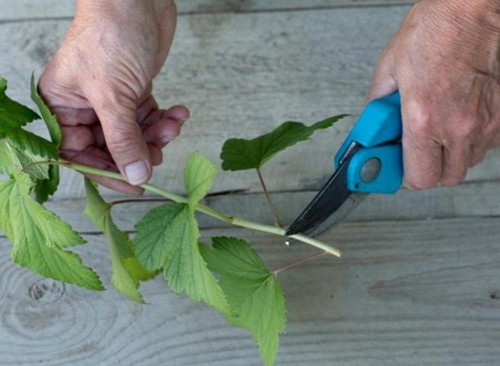
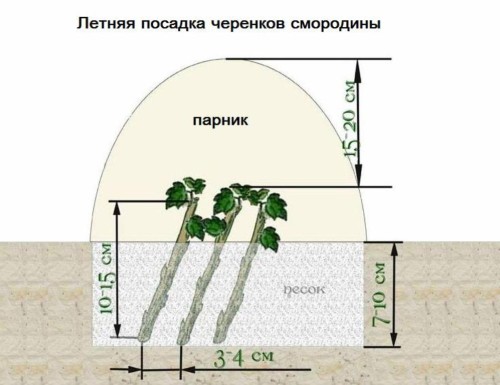
Reproduction of currants with messengers
The simple and effective way to reproduce the currant is the reproduction of the grooves, which is produced in spring, before the start of the shrub flowering. Especially this method of reproduction is suitable for red currant. Near the bush prepare grooves depth from 5 to 7 cm in which the lower healthy shoots of an adult bush are stacked, they must be shortened by a third. The shoots are enclosed to the soil with the wire, the earth are not sprinkled. As soon as the allocated shoots to root and give some young shoots with a length of 12-15 cm, they are neatly sprinkled with moisturized, mixed with peat soil, leaving green macushk over the ground. By the autumn, the tanks are ready for a transplant to a permanent place, they are dug and cut off from the mother branch.
Currant care
Caring for currant bush lies in pruning and regular loosening and removing weeds near the bush, as well as watering, especially in dry weather.
Trimming
The currant shrub needs to be rejuvenated, which is carried out by removing old, little fruitless or damaged shoots. Pruning is produced early in spring after wintering shrubs or autumn. 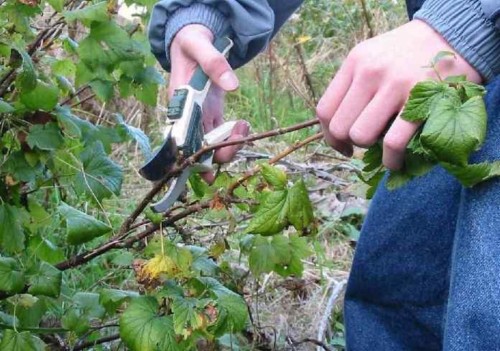
Feeding currant fertilizers
Shrubs need feeding fertilizer. When planting currants into a fertilized soil, an additional feeder can be made in the first 2-3 years, just the autumn clouds to climb the bush. After 2-3 years later, mineral fertilizers in a dry form are made in the fall, fosrfort-potash fertilizers are used for feeding (30 grams for each bush), and the spring is introduced by urea and ammonia nitrate in a diluted form (20-25 grams under the bush).
During currant flowering, the bush fertre up with an organic fertilizer: a cowboy or a bird's litter. To improve yields, spraying the "marking" bush or a solution of zinc sulfate.
Smorodine bushes require a certain care during different periods of the season.
How to care for currant in the spring:
- cut old, damaged branches after wintering;
- make prophylactic treatment of shrub from pests or diseases in early spring;
- it is necessary to remove the kidneys that are affected by the tick. If there was a damage to a large number of kidneys on the branch, it should be removed;
- a bush needs to be mulched with manure or humus;
- currant requires abundant irrigation during active growth and flowering;
- it is necessary to regularly remove weeds, loosen the soil under the shrub;
- follow the bush with nitrogen fertilizer.
In the arid summer, currants need abundant irrigation, which are combined with organic feeding during flowering.
The soil around the bush should be clean, loose, so periodically it is required to fall, remove weeds. Loosening and watering currant continues after harvest. At the end of September, the shrub must be filled with organic and mineral fertilizers and trimmed. At this time, change or reproduction of currant is made.
Harvesting is a labor-intensive and responsible moment of currant care. With harvest harvesting should not be tightened, as ripe berries may turn, and their taste deteriorates. Black currant berries are collected selectively, as it matures, and the red white is cleaned with brushes.
Currant diseases and pests
- Annznosis of currants - this disease is subject to leaves that begin to heat and dry out. The leaves affected by fungus must be removed and burned, and the bush is treated with a beard liquid at the rate of 10 liters of water - 100 grams, or copper vitriol (by 10 liters of water - 40 grams).
- Currant terrain (Reversion). This disease is affected by black currant, its carriers are the wave and ticks during the formation of the brushes. Flowers of currant acquire terrace, become small, and the leaves are deformed. To prevent the disease of the bushes, it is necessary to process insecticides and fungicides, protecting currants from pests.
- A striped mosaic is a viral disease that is transmitted by ticks and aphid, in which the currant leaves acquire a bright pattern of yellow in the form of large streaks. The disease is not treated, it can only be warned by treating the bushes by insecticides and fungicides.
- Puffy dew amazes the leaves and stems, which are covered with a white mild ripple. The affected areas should be removed and treated with shrubs to topaz and copper vitriol (by 10 liters of water - 300 grams).
- White spottedness (septoriasis) With the disease, the leaves are covered with brown stains, which over time they acquire a white shade, the leaves are treated with a beard liquid.
Among the main pests, currant can be allocated:
- Aphid. It appears on the leaves and stalks of the plant, for its removal, the bushes are sprayed with a solution of carbofos.
- Currant glass, butterfly caterpillar powered by the branches of currant from the inside, as a result, shoots dry and dying. For prophylaxis from glass under the currant bush, a mixture is made, which includes ash, tobacco, mustard and acute peppers (0.5 glasses). Shrub can be treated with intavir, spark or phytooferm.
- Currant leaf gallicle eats young leaves, currant branches need a solution of chlorofos (20 grams) and carbofos (30 grams) by 10 liters of water.
Thanks to the correct care, the currant bush gives high yield and most resistant to pests and diseases. Already the next year after planting a bush, it begins to fruit and delight the eyes of beautiful tassels of appetizing, fragrant berries of black, red or white.

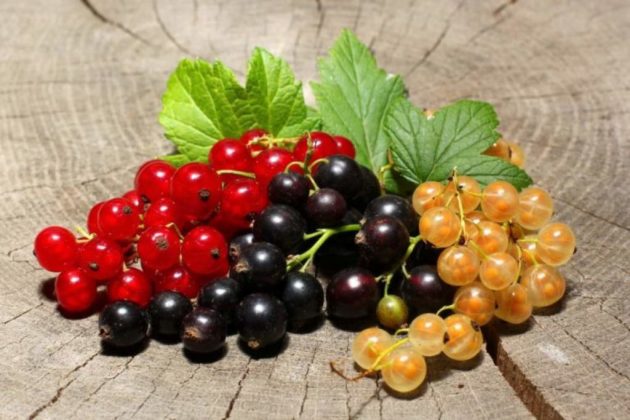
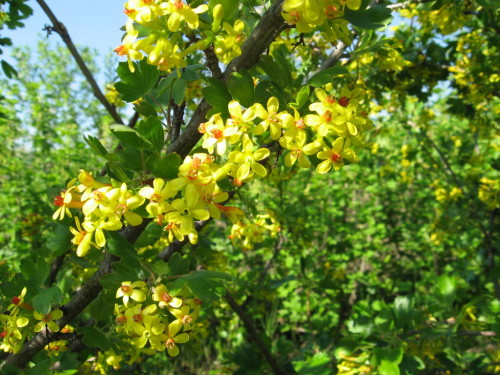
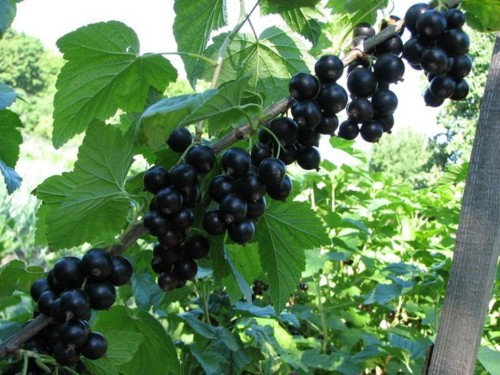
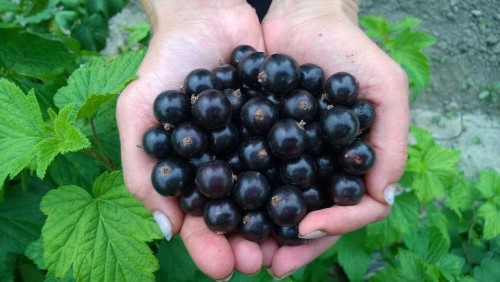
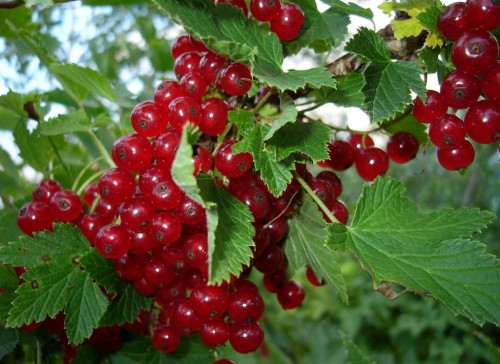
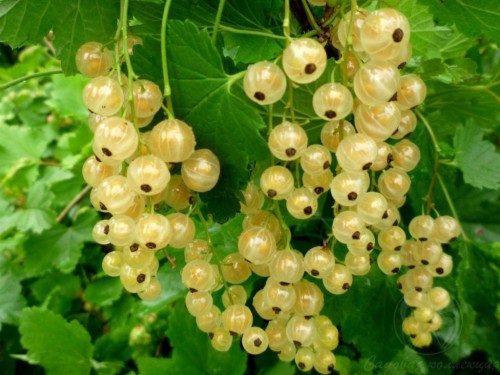
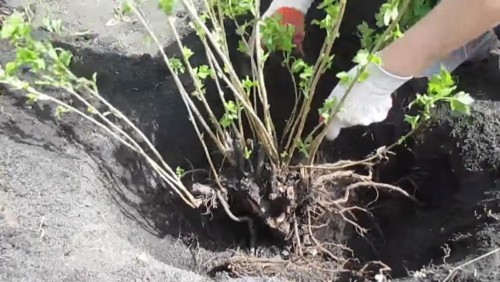
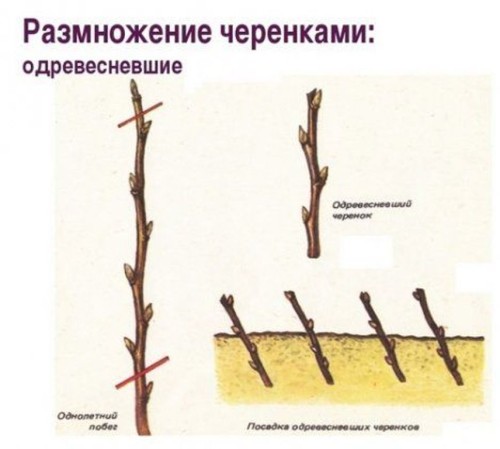
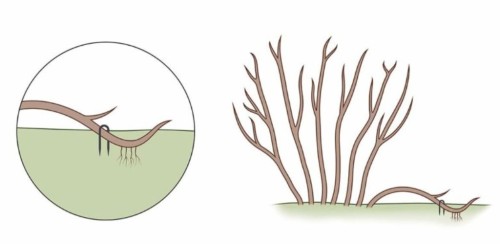
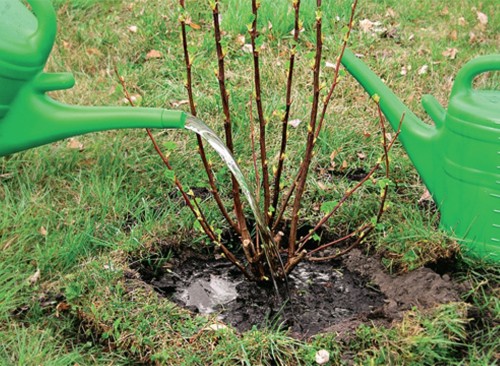
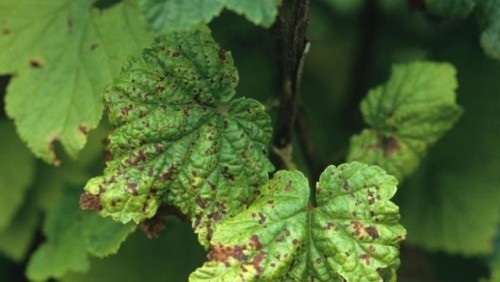
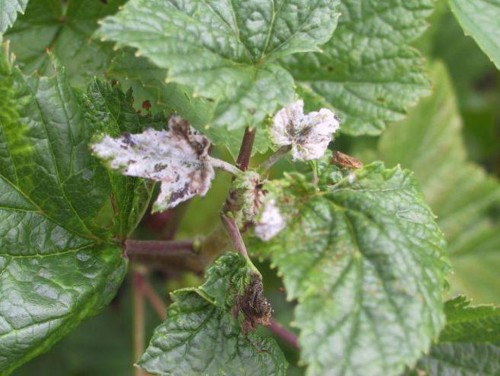
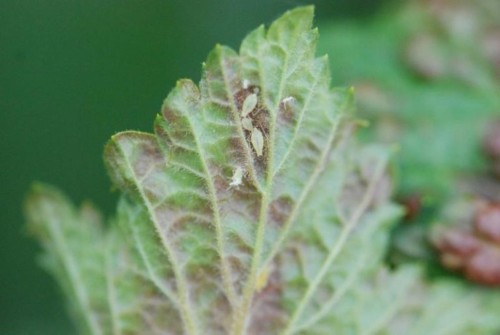
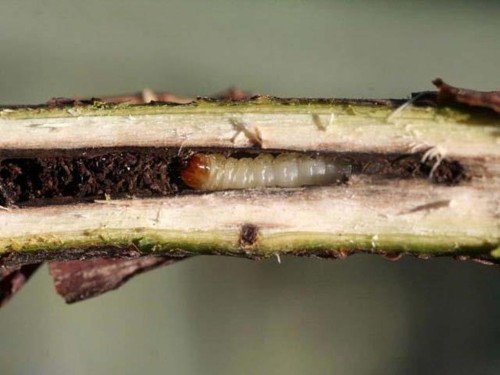
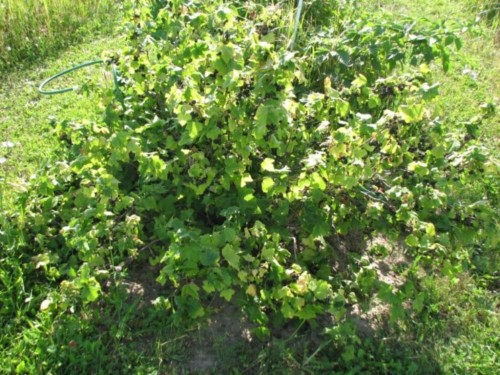
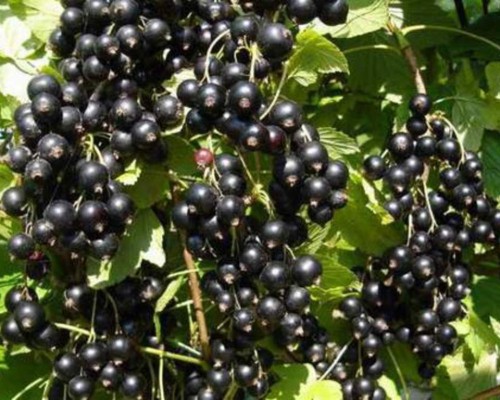
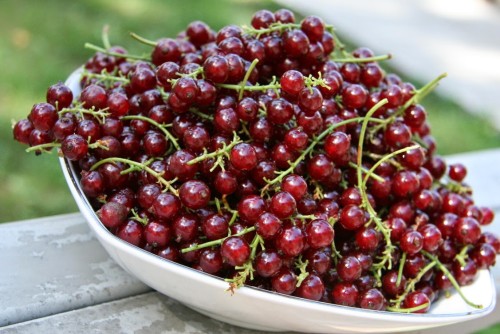
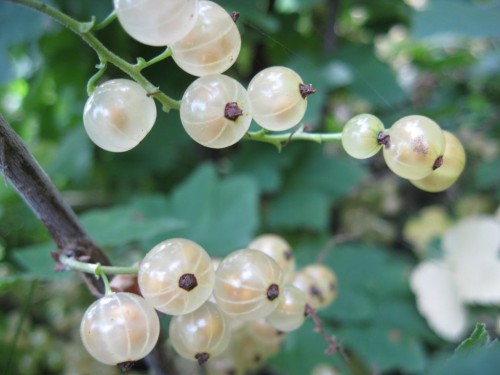
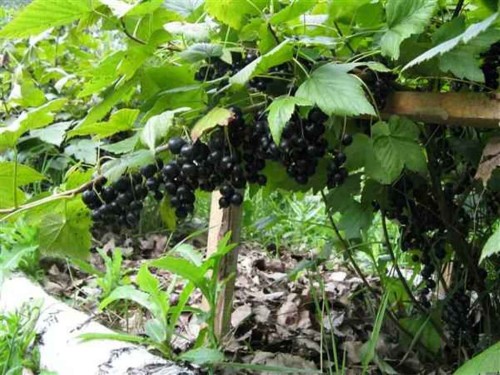












 Start a discussion ...
Start a discussion ...